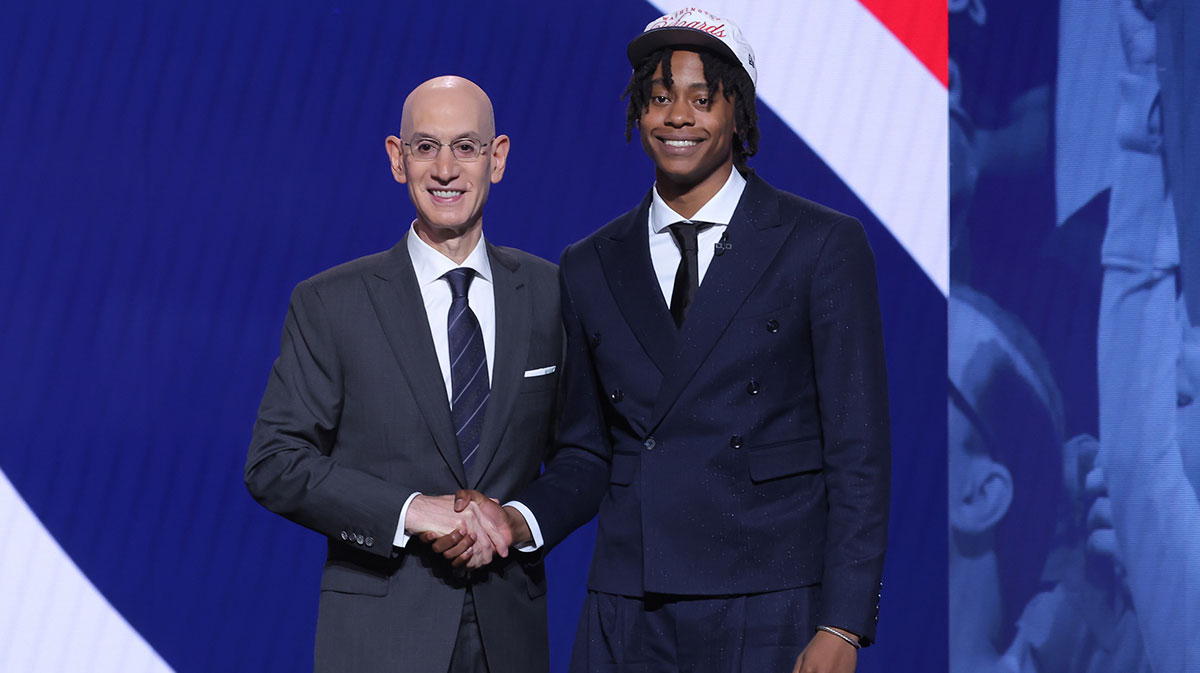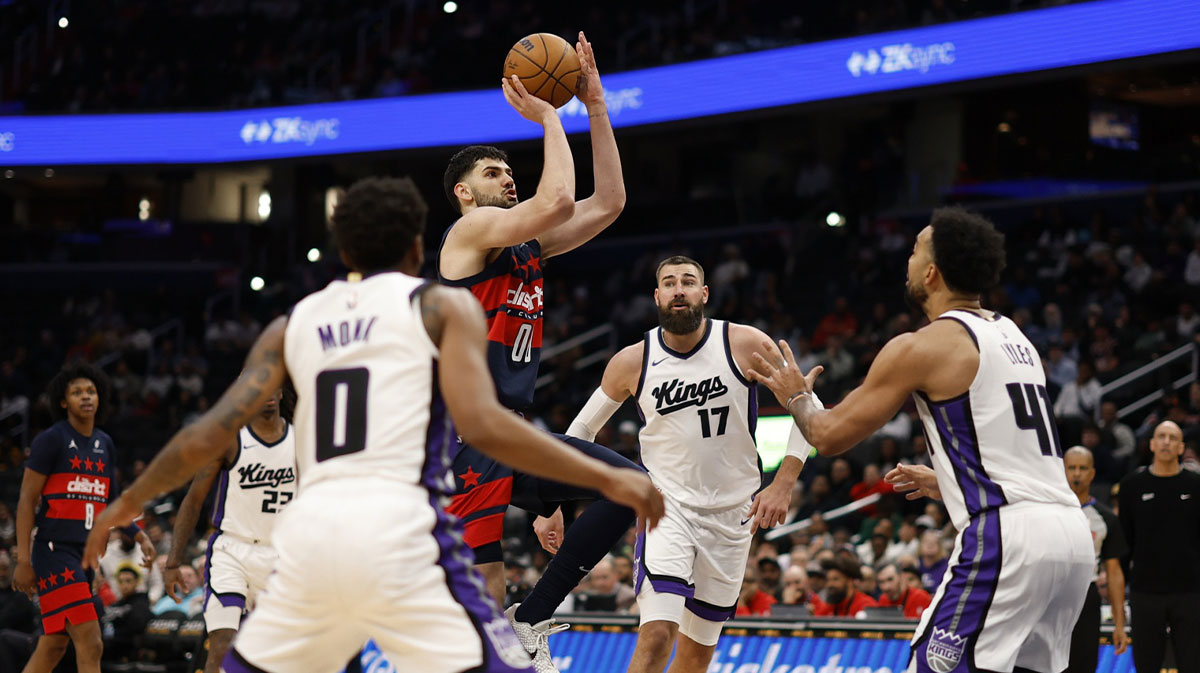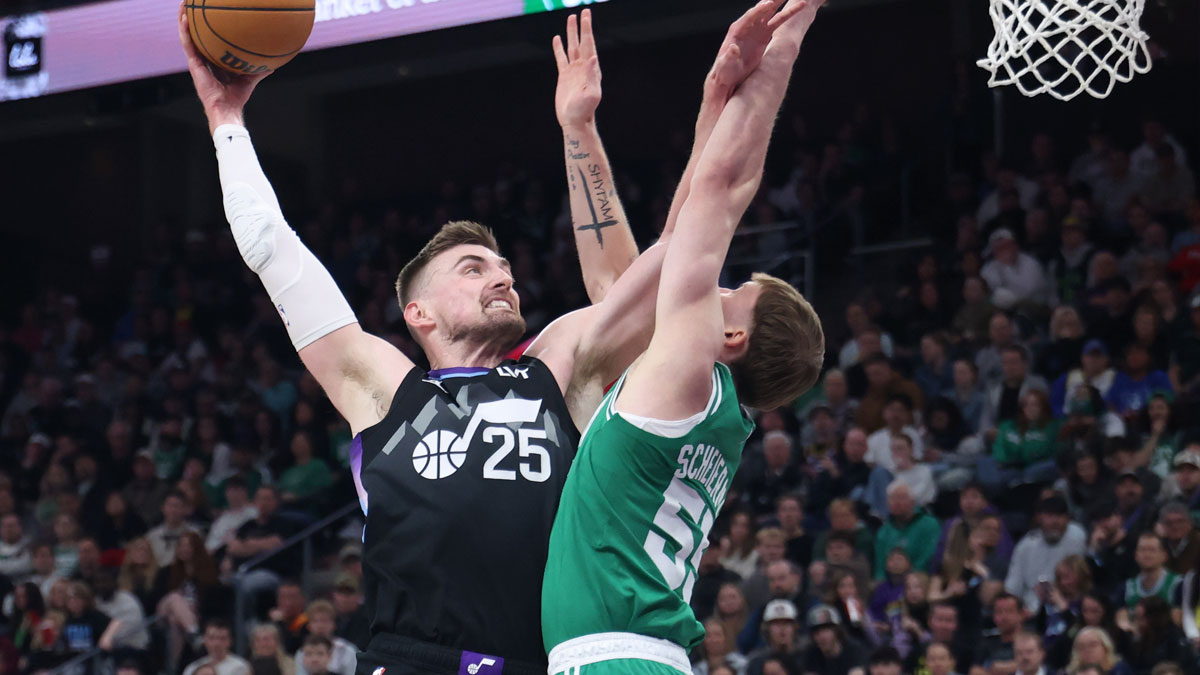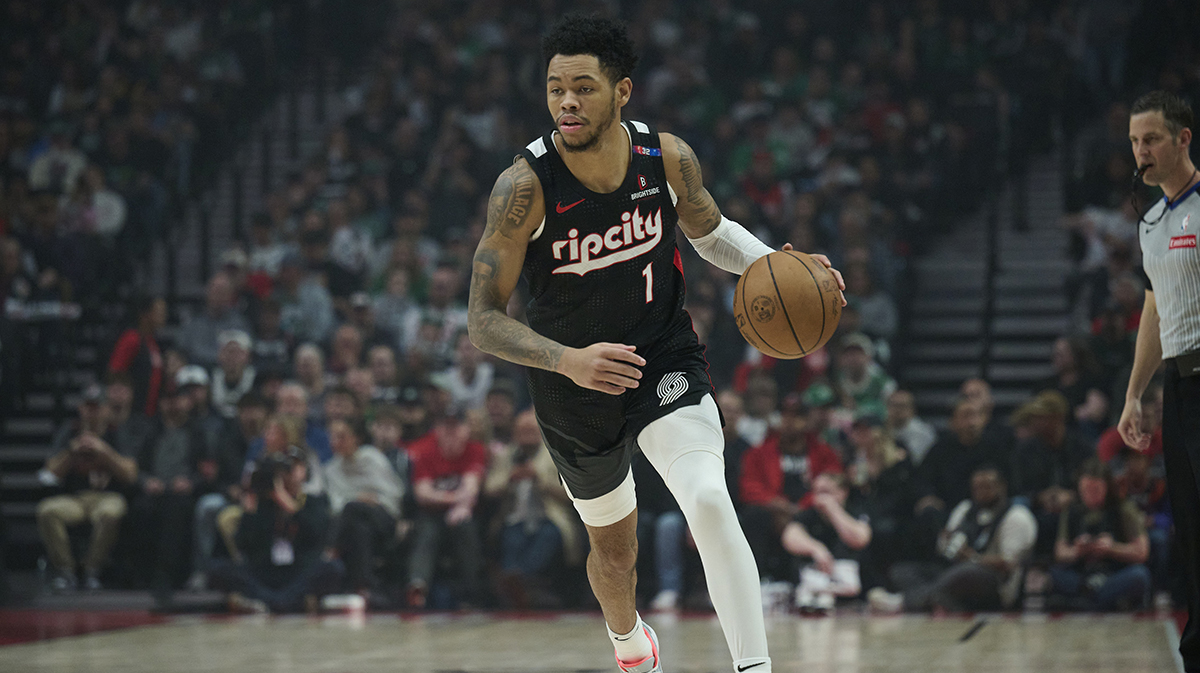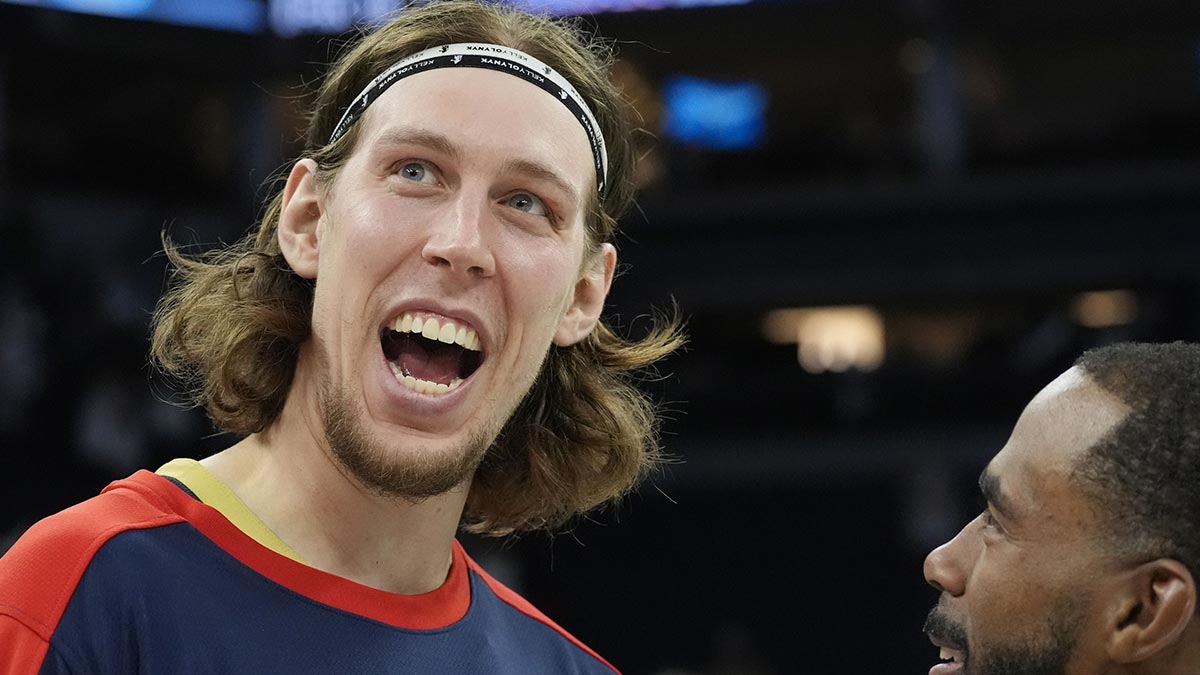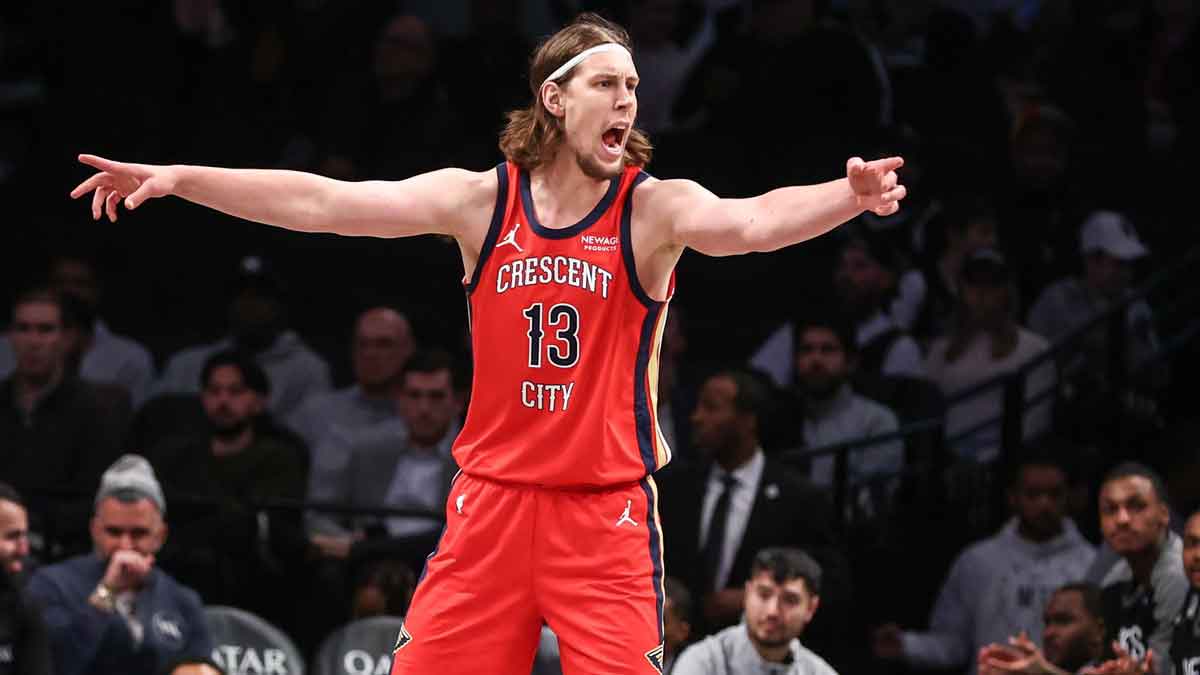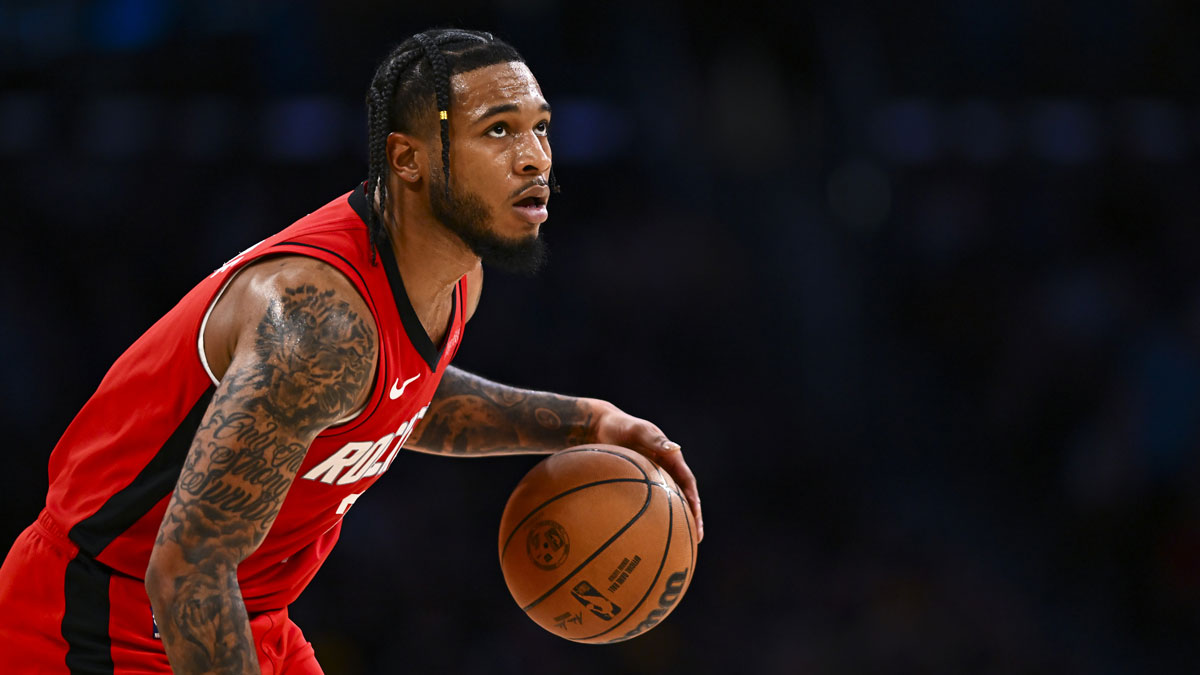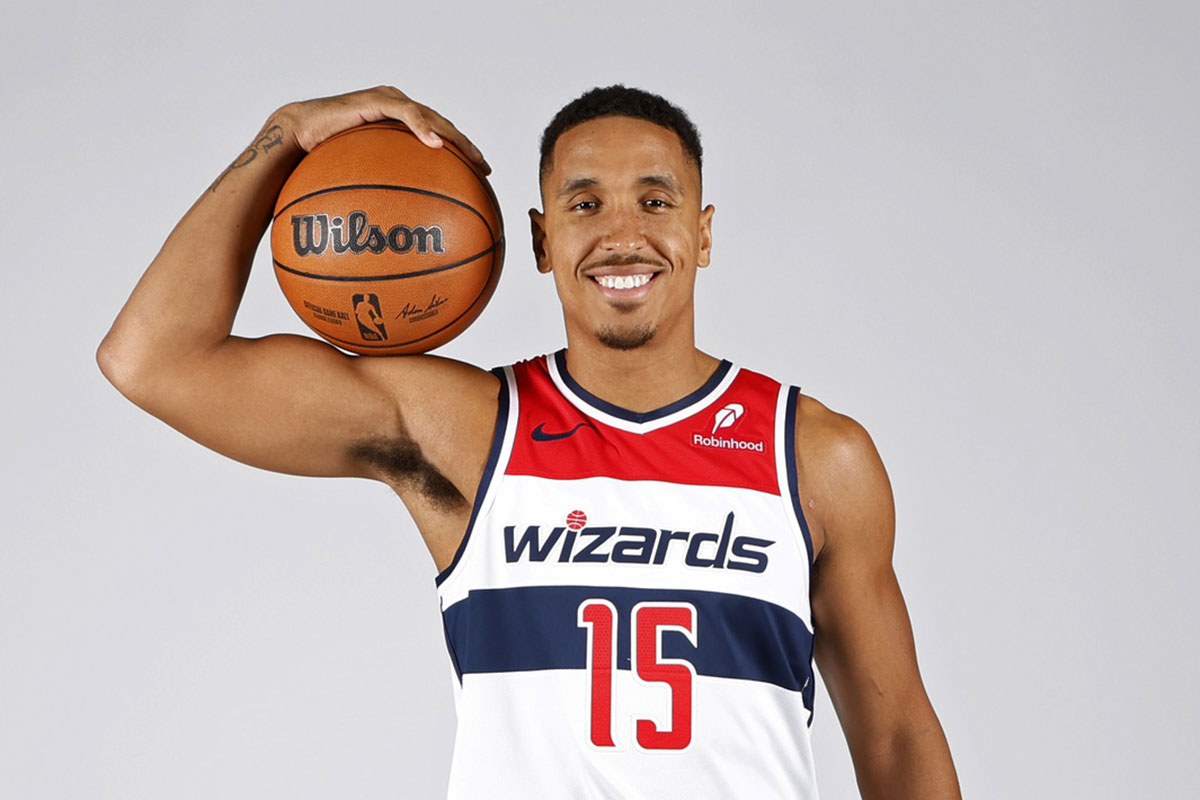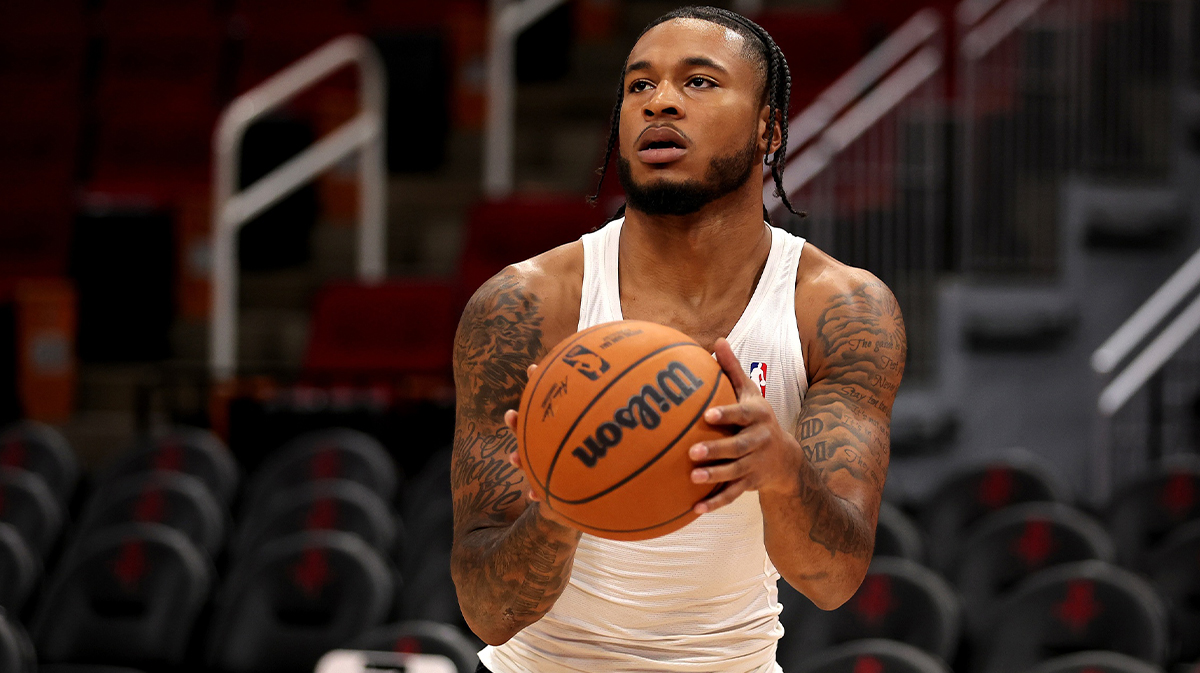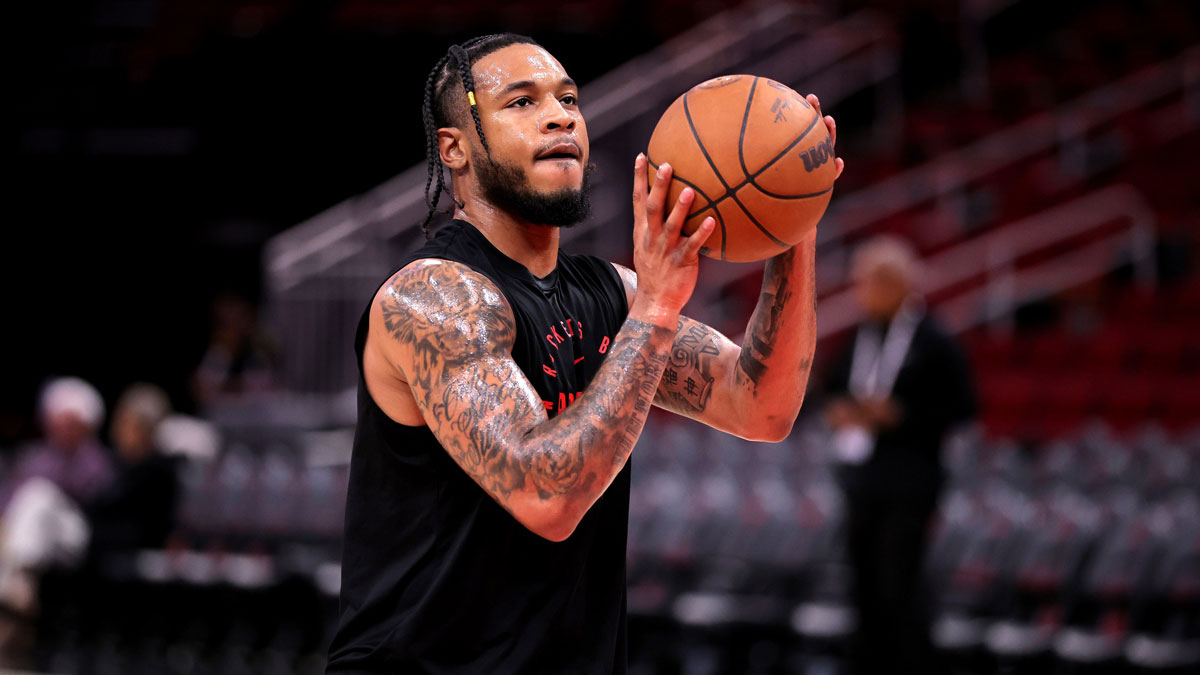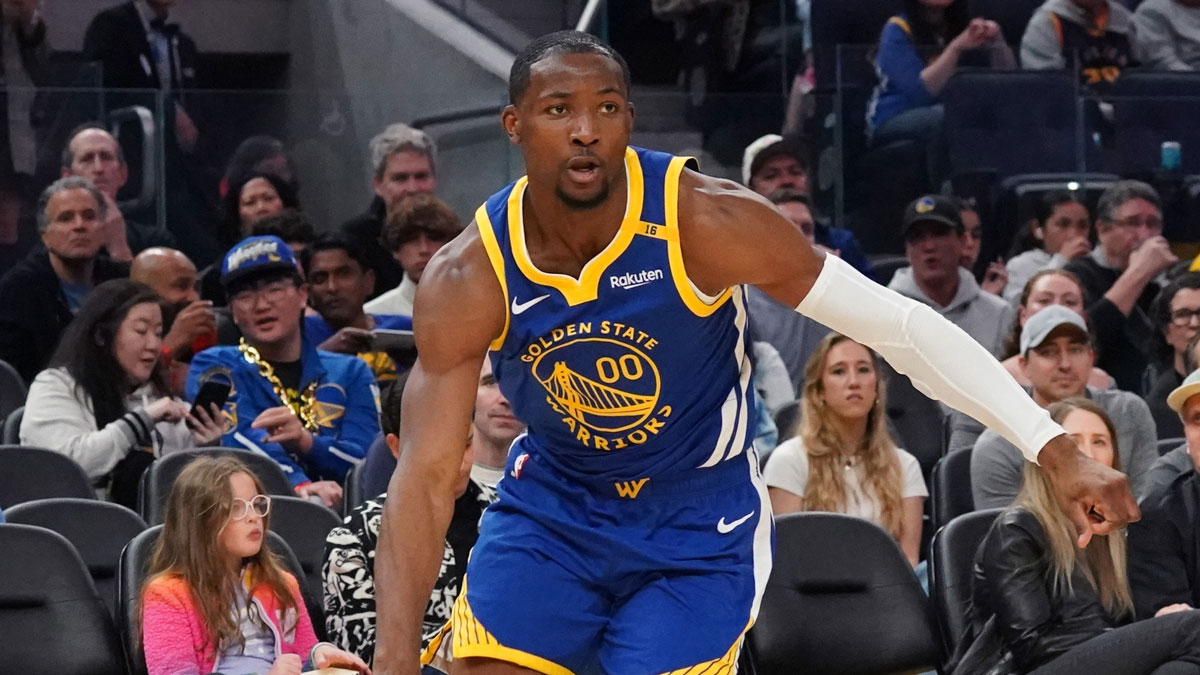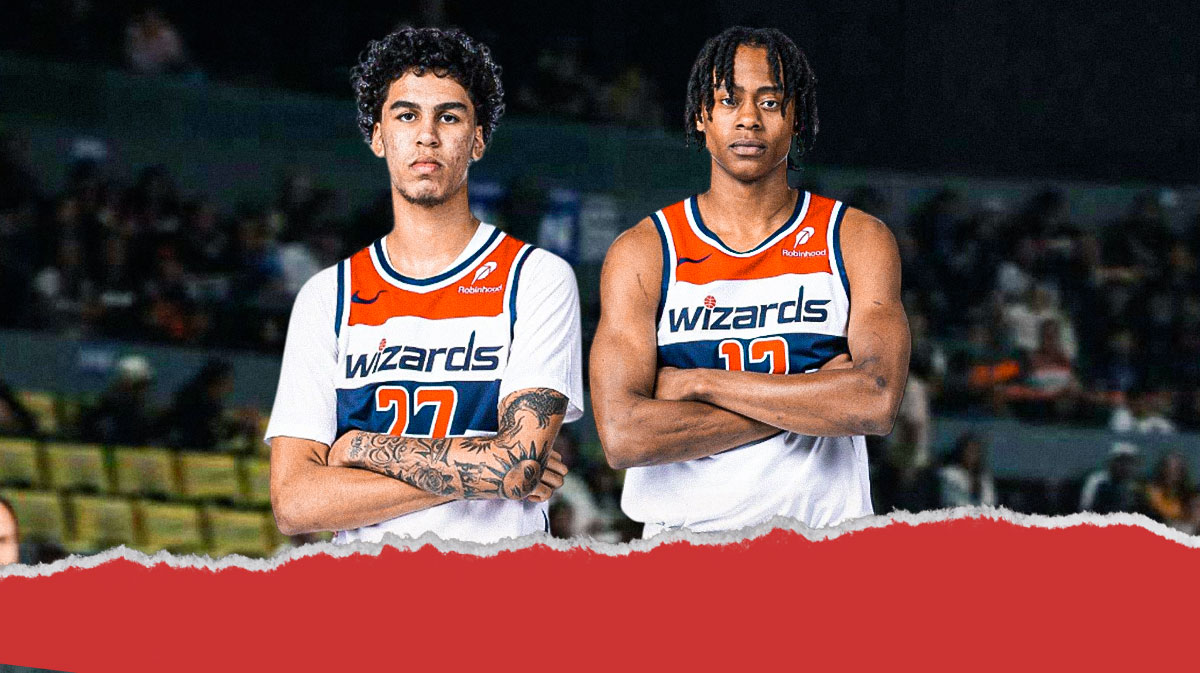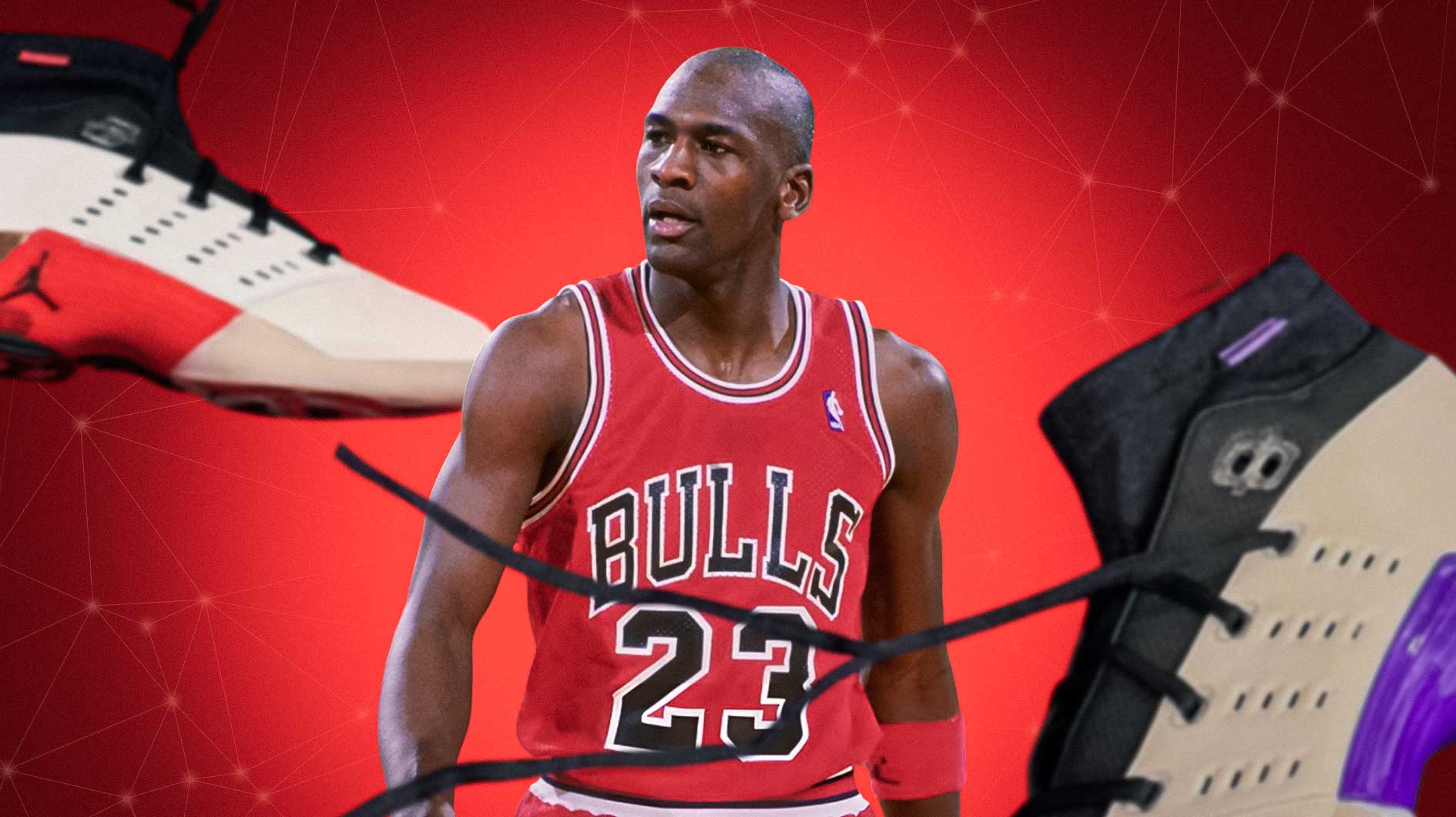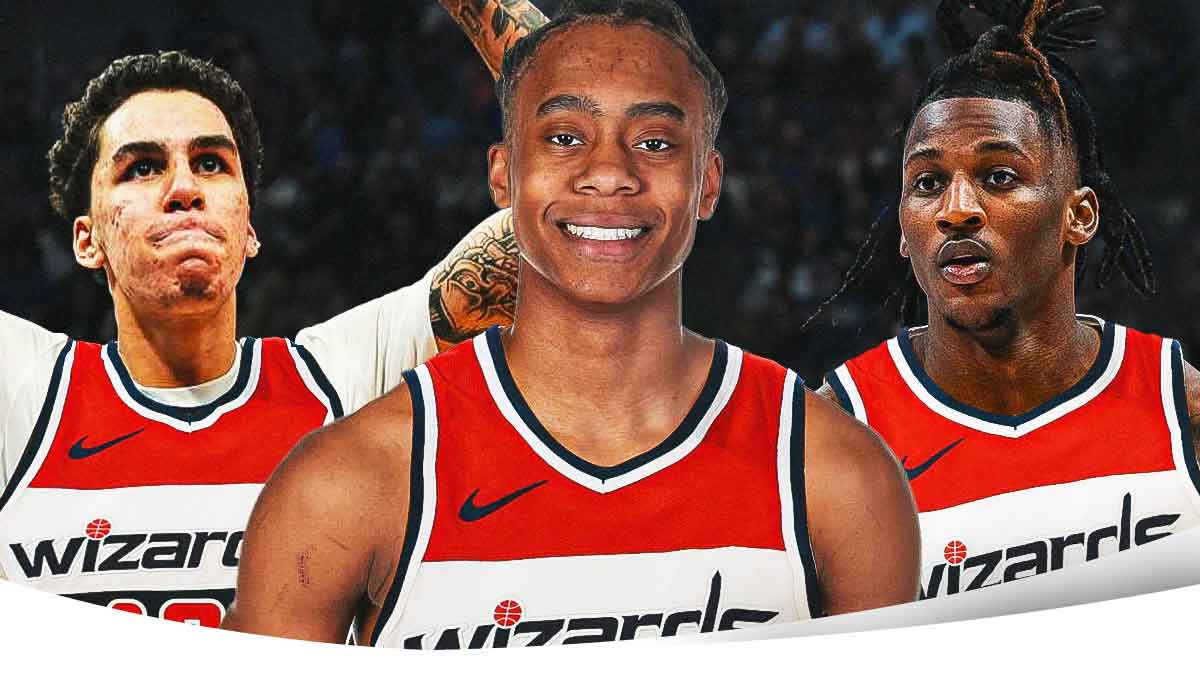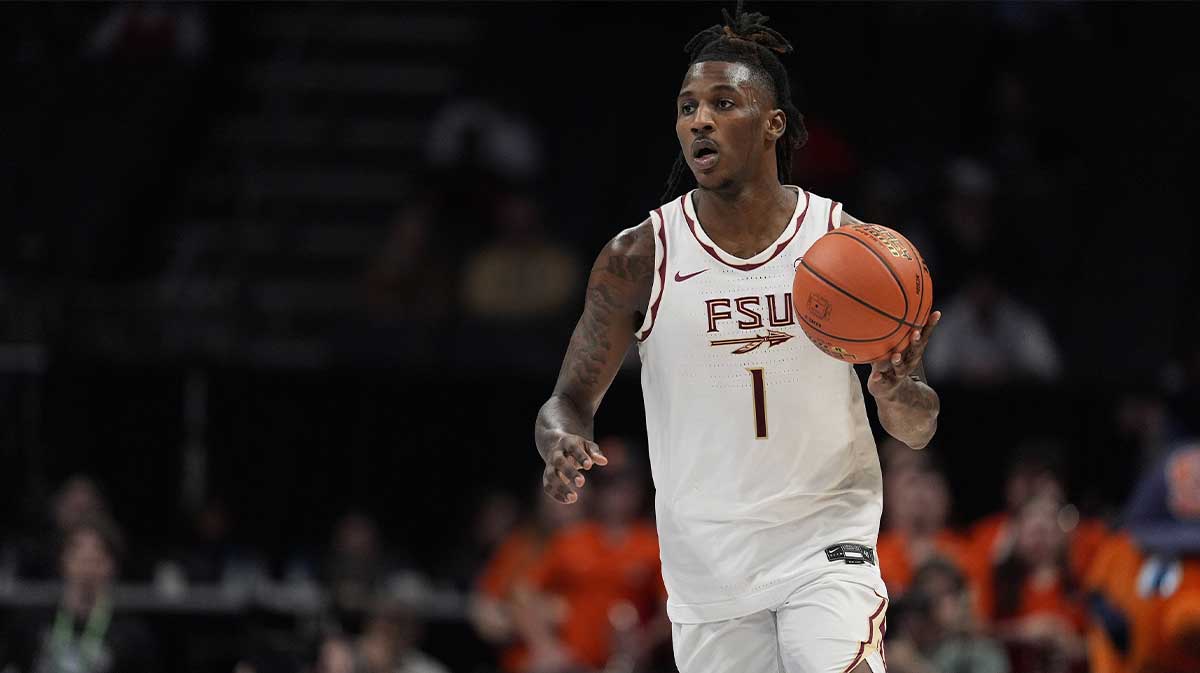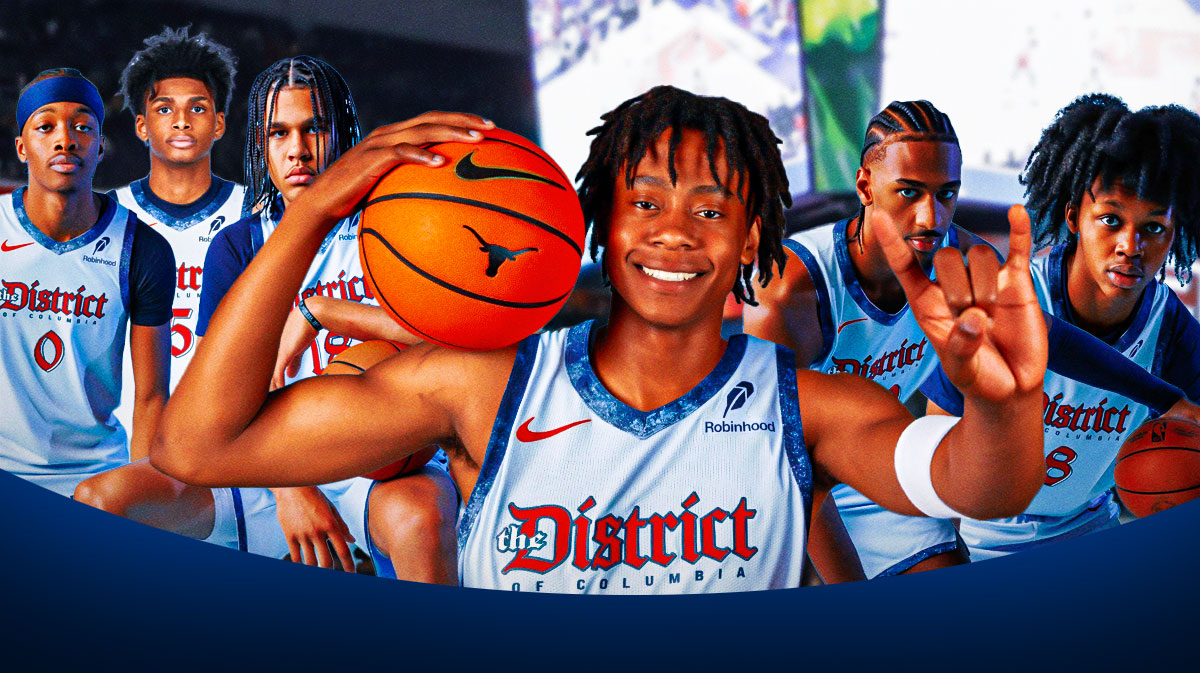Since the John Wall and Bradley Beal Era began in the nation's capital six seasons ago, the Washington Wizards have made the playoffs four times, won a total of three series, and were potentially one Kelly Olynyk scorcher away from punching a ticket to the Eastern Conference Finals in 2017.
After perpetually on the verge of breaking out, the team stalled last season. Now, they're licking their wounds after a 2017-18 campaign that saw them claw their way to the eighth seed and bow out of the postseason in a first-round loss to the Toronto Raptors.
Wall missed 41 games and never looked entirely upright, playing like a shell of himself from a season prior, when he staked a claim as a fringe-top-10 player. He settled for too many mid-range jumpers, was a wholly inefficient scorer, and struggled to foster a positive impact as a pick-and-roll guard.
With rumors swirling around the ceiling of a Wall-Beal backcourt, Washington must find a way to dig itself out of purgatory and it begins with the franchise centerpiece.

John Maxwell, a leadership guru, once said, “leaders become great, not because of their power, but because of their ability to empower others.”
To take the next step, the Wizards need Wall to become a great leader, born out through his on-court tendencies.
In one sense, Wall does empower his teammates. He's an elite floor general who consistently ranks near the top of the league in assists per game. His passing acumen makes life easier for them as it lessens their self-creation burdens. Not many possess the vision Wall does and have the skill to execute these types of passes:
But, by a stricter definition of the word, Wall doesn't necessarily empower them. He doesn't give them the power or ability to do something; he doesn't make their lives easier unless he's dominating the offense.
Wall might be the closest thing the NBA has to a helicopter parent, often dribbling the air out of the ball before finally surrendering it for potential assists, seeing buckets through from genesis to conclusion. Freedom, as a scorer or creator, is limited with Wall behind the wheel.
Concerning trends arise when Wall finally opts to relinquish control. He provides scant off-ball equity, standing beyond the perimeter and watching plays unfold, radiating an apathetic nature. A standard Wizards possession might look something like this for Wall:
In itself, spotting up off the ball isn't problematic. Wall buried a career-high 37.1 percent of his three-pointers this past season and has been a 34 percent shooter beyond the arc since 2013-14. He's no longer the maligned shooter of yesteryear. Too often, though, he isn't in position to be a catch-and-shoot threat. He postures a few feet beyond the arc, unprepared to rise and fire if presented with the opportunity.
This isn't all his fault, however. Head coach Scott Brooks' offensive schemes are predictable and devoid of ingenuity, featuring a steady dose of pick and roll for Wall along with pin-downs and floppy action for Bradley Beal and Otto Porter Jr. Beyond those two wings curling around screens and Marcin Gortat body slamming defenders, there isn't much player movement. Wall's lack of assertiveness off the ball compounds the issue but its origin is rooted in Brooks' system.
There's a reason that, despite featuring Wall, Beal and Porter, along with Gortat's brutish screen-setting, Washington was a middling offensive club last season. Soak in the disconnect and lack of urgency on this play:
Mandating a tenured coach retool his entire offense is far-fetched (hat tip to you, Dwane Casey). Sprinkling in some motion and off-ball cutting if the initial set breaks down, though, isn't. At 6 feet 4 inches, 209 pounds, Wall boasts the frame to set some gnarly off-ball screens to spring shooters open (Brooks studying Denver Nuggets head coach Mike Malone's utilization of the 6-foot-4, 207-pound Jamal Murray would be a good launching point).
Beyond regimented focus from Brooks and the rest of the coaching staff, Wall simply needs to be more engaged. According to Synergy, he only registered one (!!) cut resulting in a shot or turnover last season and, over the past three years combined, he's accrued just 24 — paltry marks for a player of Wall's ilk. During that same period, Russell Westbrook, who's also justifiably chastised for his lack of off-ball effectiveness, has amassed 91 cutting possessions.

To throw gas on the fire, among the 90 players who averaged at least 30 minutes per game last season, Wall ranked 85th in distance traveled on offense, only edging out big men DeAndre Jordan, Joel Embiid and Paul Millsap, the perpetually loafing Carmelo Anthony, and Eric Gordon, who played in an elite system founded upon isolation and spot-up shooting.
If Wall is to veer off the ball with more regularity, there has to be somebody on deck prepared to assume responsibilities. For years, there wasn't. Washington's stable of backup point guards since Wall was drafted in 2010 has been nothing short of uninspiring — Brandon Jennings, Tim Frazier and Ramon Sessions come to mind — while Beal's shift from scoring 2-guard to playmaking 2-guard took years to materialize.
Next season, the Wizards won't be short on candidates as Beal, Tomas Satoransky, and Austin Rivers are all capable ball-handlers — each worthy of a playmaking gig (to varying degrees). Most importantly, in regards to the team's ceiling, is the prospects of Beal assuming increased creation duties next to Wall.
Behind a career-high 4.5 assists per game last year, Beal was a dynamic pick-and-roll operator, perhaps earning a bigger share of the ball-screen action in 2018-19 and beyond. Here's the breakdown between Beal and Wall's pick-and-roll usage and efficiency last season:
- Bradley Beal – 6.2 possessions/game, 0.89 PPP, 71st percentile
- John Wall – 6.7 possessions/game, 0.70 PPP, 29th percentile
This isn't a request for a complete overhaul. Wall remains at his best with the ball in his hands while Beal is a better shooter, spreading the floor for his star point guard's forays to the tin. Once Wall revs up, few can stop him from slicing into the lane and spurring chaos. However, Beal is a more pressing danger than Wall as a pull-up shooter, commands more attention outside the paint and has graded out as a better pick-and-roll ball-handler each of the last three seasons.
Trading in a few of Wall's inefficient midrange jumpers for catch-and-shoot threes each game — he shot 43.8 percent on 80 attempts last season — while maximizing Beal's burgeoning playmaking gene is the type of alteration that can elevate Washington's offense above mediocrity:
In fairness, Wall's numbers and film from last season deserve to be consumed with a grain of salt. He dealt with a litany of injuries, all of which surely dampened his efficiency, aggressiveness and vigor.
But we've also likely seen the peak team outcome of a healthy, explosive and overwhelmingly ball-dominant John Wall. There is a clear ceiling with Wall pounding the rock at the top of the key, scanning for potential assists, and disappearing once he's made the pass.
In that same Game 7 against the Boston Celtics, when Olynyk went supernova, Wall buckled down the stretch, going 2 of 13 in the second half. His swollen usage rate and self-creation requirements wore him down. When Washington needed its star most, he couldn't deliver.
Empowering Beal and the other rotational guards is the most feasible path to potentially keeping pace out East — a landscape that looks radically different than it did in 2016-17, the last time Wall was fully healthy.
The majority of this decree has seemingly been bestowed upon Wall. Yet Brooks' offense has serious creative limitations and it handicaps the scope to which Wall can become an off-ball weapon. Nonetheless, the Wizards are approaching a fork in the road with their current core. If they're not careful, the conference's top dogs might just snatch that fork and use it to swallow them whole.

